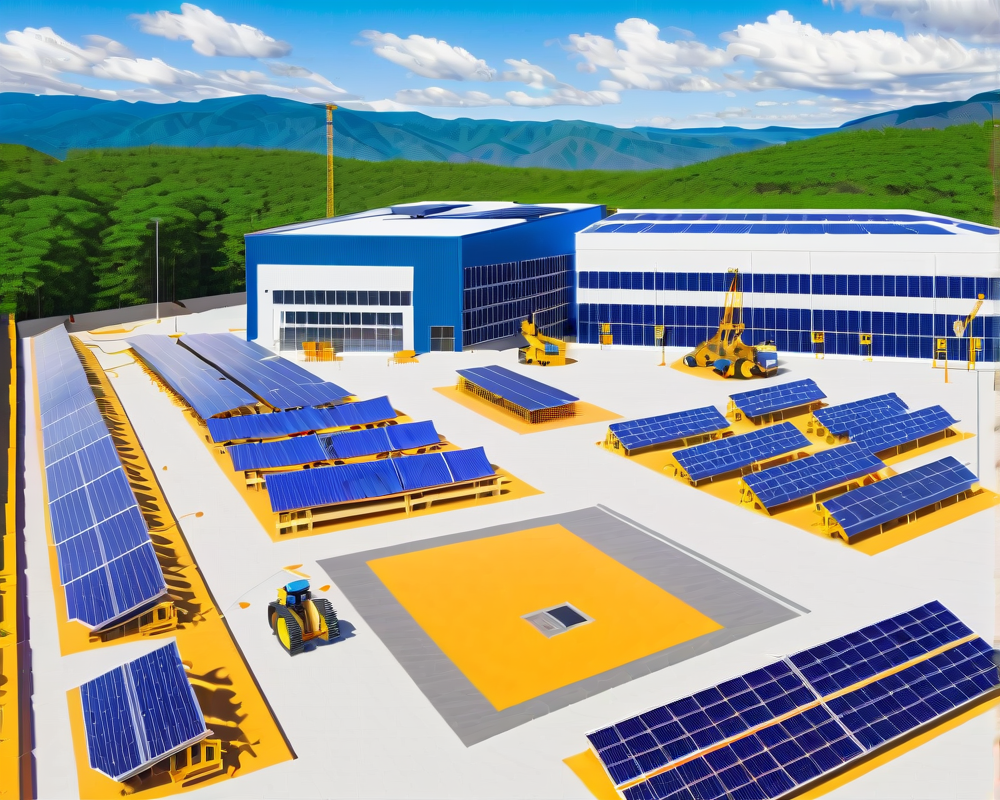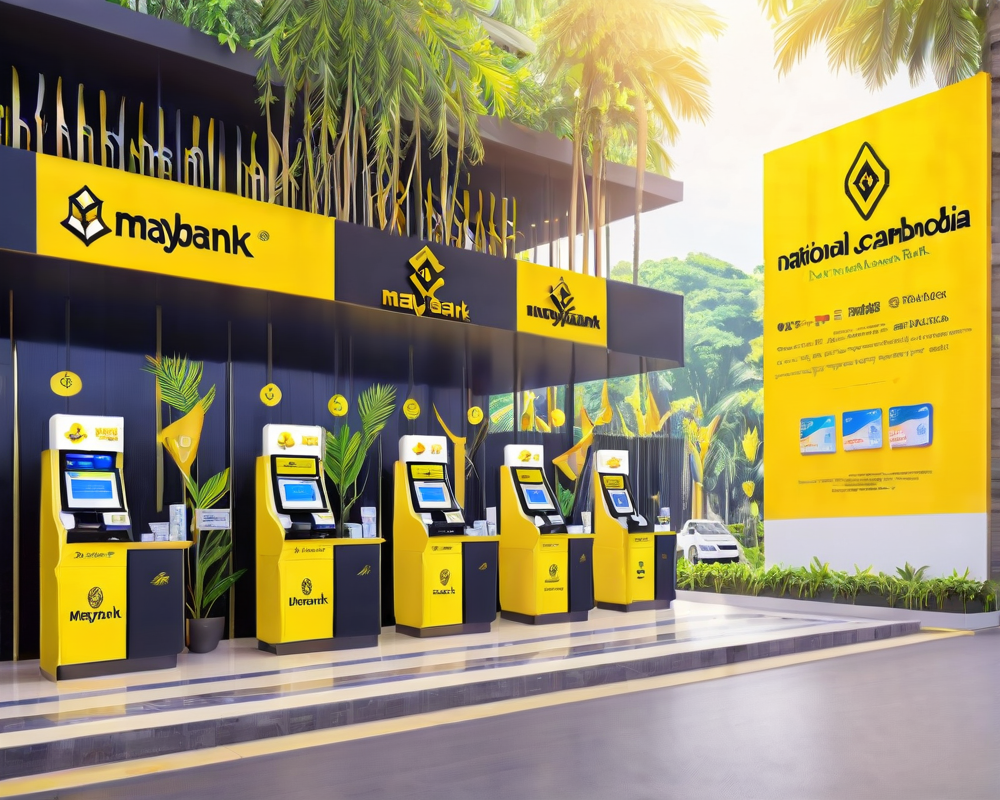A Bright Idea in Bitcoin Mining
On a sunny Friday in Texas, cryptocurrency enthusiasts were treated to some good news—Blockstream and Block Inc. (formerly known as Square) revealed plans for a solar-powered Bitcoin mining facility. Yes, you heard that right! In a world where Bitcoin mining is often criticized for its significant energy consumption, this move might just be the innovative twist the industry needs.
Powering the Future: Tesla’s Role
This mining site won’t be sprinkled with fairy dust but will instead be powered by a robust 3.8 megawatts (MW) of electrical capacity. How do they plan to achieve this? With a Tesla magic show—in the form of solar photovoltaic cell arrays and the ever-impressive 12 MWh Megapack! This advanced lithium-ion battery system is designed to store energy efficiently, allowing for optimal mining performance.
Total Capacity: A Mine of Facts
Now, if you’re wondering about how this facility stacks up against giants in the industry, here’s the tea: Hut 8 Mining, one of the leading Bitcoin miners, boasts about 209 MW of total contracted capacity. So, while Blockstream’s new facility is a drop in the ocean compared to Hut 8, it represents a significant step towards sustainable mining.
Keeping Things Transparent
True to their goal of transparency, Blockstream and Block are making sure we’re not just left in the dark. They plan to develop a publicly accessible dashboard displaying all the juicy details about the project’s economics. Expect metrics like power output, Bitcoin mined, energy storage performance, total uptime, spending, and even return on investment—because let’s face it, who doesn’t love a good ROI?
Is Solar Mining Really the Future?
While the idea of solar Bitcoin mining shines brighter than a Texas sun, there’s still a lot of skepticism in the crypto community. Back in June 2021, Braiins—one of the oldest Bitcoin mining pools—set off sparks with a feasibility analysis report. They found that solar energy was not a profitable option, even when you factor in cheap electricity and harnessing surplus energy during peak sunny hours.
Additionally, Braiins’ chief marketing officer Kristian Csepcsar didn’t mince words, highlighting that while solar might seem eco-friendly, it brings its own baggage. The production of solar panels can release some pretty nasty chemicals into the environment, raising questions about the overall sustainability of solar-powered mining.
Conclusion: A Miner Glimpse of What’s Ahead?
So where do we stand? The solar-powered Bitcoin mining site in Texas might just be the start of a new trend, but only time will tell if it becomes the norm or remains a quaint experiment. In the world of crypto, who knows what will come next—maybe we’ll be mining Bitcoin on the moon someday, powered by space solar panels. Until then, let’s keep watching this space!




